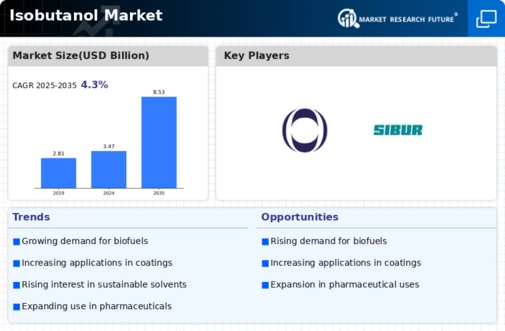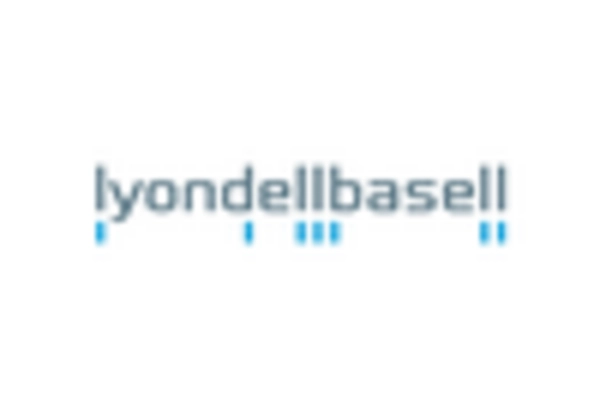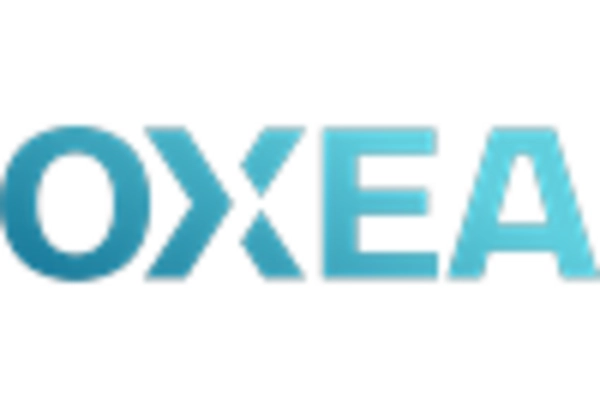Market Analysis
In-depth Analysis of Isobutanol Market Industry Landscape
The market dynamics of isobutanol revolve around various factors that influence its production, demand, and pricing. Isobutanol, a type of alcohol, finds applications in diverse industries including chemicals, pharmaceuticals, and automotive. One key factor impacting the isobutanol market is its production process. Isobutanol can be manufactured through different methods such as the hydroformylation of propylene or the fermentation of biomass. The choice of production method depends on factors such as cost-effectiveness, availability of raw materials, and environmental considerations.
The rising automotive production & sales, increasing consumption of coatings in woodworking & marine application.
Another significant aspect affecting the isobutanol market is its demand from various end-use industries. The chemical industry is a major consumer of isobutanol, where it is used as a solvent, intermediate, or additive in the production of various chemicals such as esters, acetates, and ethers. Additionally, isobutanol is utilized in the manufacturing of pharmaceuticals, particularly as a solvent or intermediate in the synthesis of active pharmaceutical ingredients (APIs). The automotive sector also contributes to the demand for isobutanol, as it is used as a blending component in gasoline to improve octane ratings and reduce emissions.
Market dynamics are also influenced by regulatory policies and environmental concerns. Government regulations regarding emissions standards and environmental sustainability can impact the demand for isobutanol, particularly in regions where there is a focus on reducing greenhouse gas emissions and promoting renewable fuels. As a bio-based alternative to traditional fossil fuels, isobutanol may benefit from favorable regulatory policies that incentivize the use of renewable and low-carbon fuels.
The global economic landscape and geopolitical factors also play a role in shaping the market dynamics of isobutanol. Economic growth, industrial activities, and trade relations between countries can influence the demand for isobutanol and its pricing. Geopolitical events such as conflicts, trade disputes, or changes in government policies can disrupt supply chains and affect the availability of raw materials or market access, thereby impacting the isobutanol market.
Technological advancements and innovation in production processes can drive market dynamics by improving efficiency, reducing costs, and expanding the potential applications of isobutanol. Research and development efforts focused on developing novel production methods or enhancing the properties of isobutanol can create new opportunities and competitive advantages for market players.
Market dynamics of isobutanol also include factors such as supply chain management, distribution channels, and market competition. Efficient logistics and distribution networks are essential for ensuring timely delivery of isobutanol to customers across different regions. Moreover, market players need to stay competitive by offering high-quality products, competitive pricing, and value-added services to attract and retain customers in a competitive market environment.

















Leave a Comment